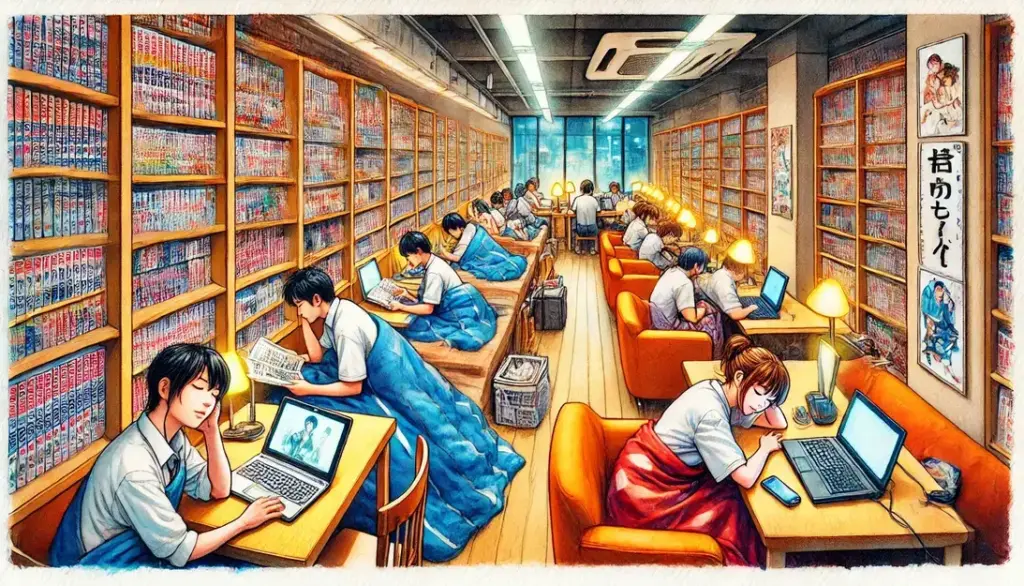In Japan, “home” can look very different for some workers. Manga cafes, often known for their endless comics and internet access, have become shelters for those struggling with Japan’s high living costs and unstable jobs. For many, the upfront costs of renting—like deposits and “key money”—make traditional housing impossible. Instead, they turn to these 24-hour cafes, where a private booth and access to basic amenities offer a safe, affordable alternative in a city that never slows down.
What Are Manga Cafes?
Manga cafes, known as “manga kissa” in Japan, are a unique blend of a library, internet cafe, and temporary sanctuary. Initially created for manga and anime lovers to enjoy endless shelves of comics, these spaces have evolved into multi-functional hubs where people can work, relax, or even live temporarily. With their cozy atmosphere and widespread availability across urban areas like Tokyo, they’ve quietly become a practical solution for Japan’s high-pressure urban lifestyle.
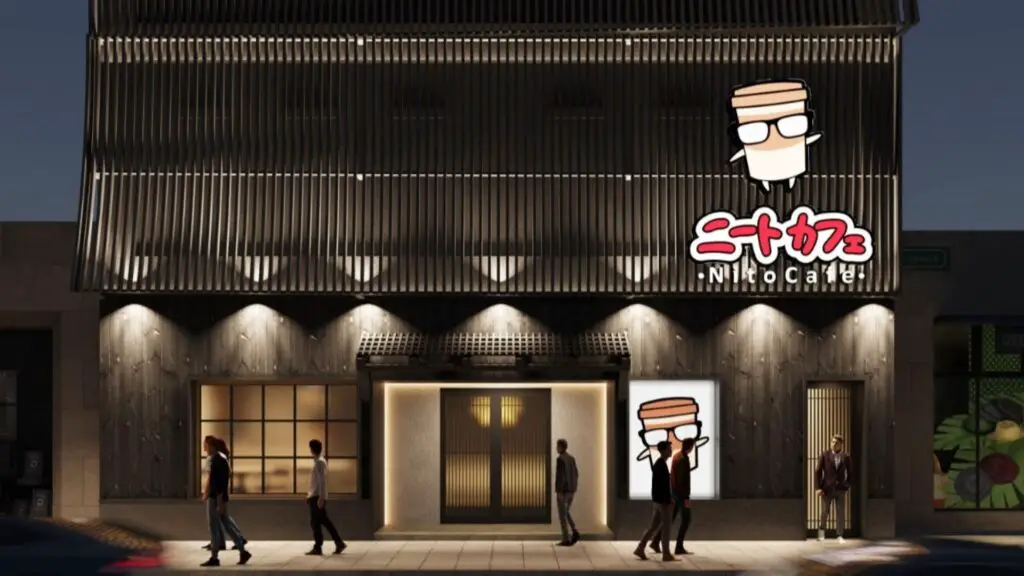
Amenities Offered by Manga Cafes
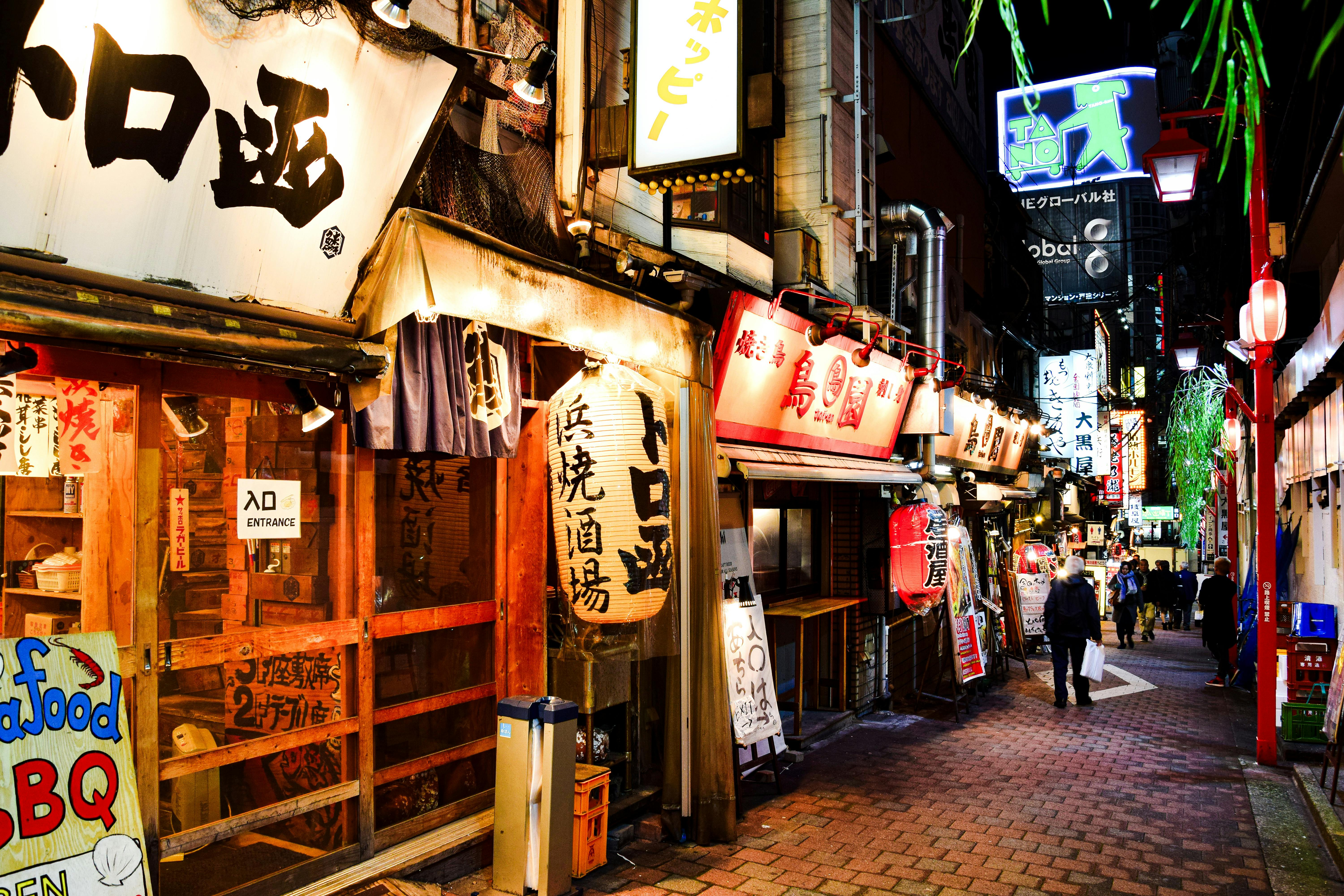
Photo by AXP Photography
At first glance, manga cafes may seem like simple places to sit and read comics. But in reality, they offer much more, especially for people looking for a convenient and affordable space to stay. Think of them as a compact version of a hotel mixed with a coworking space.
Here’s what you’ll find in most manga cafes:
- Private Booths: Each customer gets their own tiny enclosed booth. These often come with a computer and a reclining chair or futon-like mat.
- High-Speed Internet: Whether you’re gaming, working, or streaming, the internet connection is fast and reliable.
- Unlimited Drinks: Most cafes provide free-flowing soft drinks, tea, coffee, and sometimes even snacks within the entry fee.
- Showers: Many cafes include shower facilities, equipped with toiletries, making overnight stays more manageable.
- Libraries Filled with Manga: True to their name, they house thousands of manga volumes, catering to every genre and niche.
- Additional Perks: Some cafes also include gaming consoles, karaoke rooms, and small kitchens to heat up meals.
In recent years, these cafes have upped their game, offering more comfort and addressing the needs of users who see them as more than just a place to read manga. Interested? Here’s a guide on how to stay at a manga cafe and what to expect.
Why They Appeal to Workers
Why would someone choose to live in a manga cafe? It might seem unusual, but for thousands of Japanese workers, it’s a lifeline.
Imagine trying to rent an apartment in Tokyo. Apartments often require hefty upfront costs like key money, a deposit, and guarantor fees. Not to mention, the process is time-consuming. Manga cafes, on the other hand, are fast, flexible, and affordable. There’s no need to sign contracts or deal with complex paperwork. Workers can walk in, pay an hourly or overnight fee, and settle in immediately.
Here’s why they’ve become popular among workers:
- Convenience: Located near major train stations, they’re ideal for commuters who miss the last train and want a cheap overnight option.
- Low Cost: A typical stay costs as little as $20-$30 per night, far cheaper than a hotel or Airbnb.
- Privacy: While small, the booths provide personal space, a rarity for shared living arrangements.
- Essential Facilities: Showers, internet, and reclining chairs make them functional for longer stays.
- No Commitment: Unlike traditional housing, they don’t require deposits or long-term leases.
For many part-time workers or people stuck in Japan’s gig economy, manga cafes provide a much-needed safety net. They cater to those who need a temporary home but can’t afford—or don’t want—the burden of renting an apartment. For a deeper dive into why Japanese workers turn to manga cafes as a housing alternative, check out this insightful article on Japan’s internet cafe “refugees”.
The Rising Cost of Living in Japan
Living in Japan can be an incredible experience, but it often comes at a steep cost. Tokyo, for example, consistently ranks among the most expensive cities in the world for living expenses. With rapid urbanization and housing demands, workers on lower incomes are left scrambling to find affordable places to live. This is one of the factors driving some Japanese workers toward unconventional housing solutions like manga cafes.
Key Money and Initial Costs

Photo by Mikhail Nilov
Renting an apartment in Japan is no simple task. Beyond monthly rent, significant upfront costs can cripple potential tenants, especially those on modest incomes. One of the biggest hurdles is key money, or reikin, a non-refundable “thank you” payment to landlords. This isn’t a deposit or rent—it’s a gesture of gratitude that can range from one to two months’ worth of rent. You can learn more about key money and its implications here.
Let’s break down the typical costs:
- Key Money (Reikin): Often equivalent to 1-2 months of rent.
- Deposit: A standard refundable fee. Usually, one month of rent.
- Agent Fees: Real estate agents typically charge additional upfront costs.
- Guarantor Fees: If you lack a guarantor, there’s another cost for using a guarantor company.
For a worker making a limited income, these initial expenses are daunting. Imagine saving for months, only to realize that even a modest apartment in Tokyo could require upwards of five times the monthly rent to move into. That’s why, for many, traditional housing is completely out of reach.
Comparative Cost: Apartment vs Manga Cafe
When comparing living in a traditional apartment to staying in a manga cafe, the difference is crystal clear. Renting an apartment may seem like the logical choice, but when you factor in the initial move-in costs and monthly bills, the financial strain becomes obvious.
Here’s a side-by-side comparison:
| Expense | Apartment | Manga Cafe |
|---|---|---|
| Move-in Cost | ¥300,000+ (key money/deposit/fees) | ¥0 |
| Monthly Rent | ¥60,000+ | ~¥45,000 |
| Utilities | ¥10,000-¥15,000 | Included in fee |
| Furnishings | Buy-own furniture (~¥50,000+) | Provided |
| Internet+Amenities | Additional cost | Included |
For comparison, renting a one-bedroom apartment in Tokyo costs around ¥60,000-¥100,000 per month, depending on the area. This doesn’t even cover utilities, internet, or basic furniture. Compare that to manga cafes, where overnight stays often cost between ¥1,500 to ¥3,000 per day. Over a month, it’s possible to live in a manga cafe for roughly ¥45,000—a fraction of traditional rent.
Workers living paycheck to paycheck find these lower costs not just an option but sometimes the only choice. More details on Japan’s living costs can be found on this in-depth guide.
Though it’s not the most comfortable or ideal lifestyle, manga cafes are pragmatic for workers trying to survive in one of the most expensive cities in the world. Contracts, furniture expenses, and guarantor complexities simply don’t exist in this alternative housing model.
Precarious Employment and Its Impact
The rise of precarious employment is reshaping the lives of many Japanese workers. Precarious jobs often lack the long-term stability and financial security needed for a better quality of life. For many, this instability leads to unconventional housing solutions, such as living in manga cafes.
Temporary Contracts and Low Wages
Temporary jobs, sometimes known as non-regular employment, are on the rise in Japan. These roles rarely come with the stability of full-time contracts and often offer lower pay. For example, a part-time or contracted worker earns significantly less than their full-time counterparts and does not receive benefits like health insurance, bonuses, or retirement contributions.
Low wages and inconsistent work hours create a tough financial situation. Workers with temporary contracts often live paycheck to paycheck, unable to save for major expenses like key money to secure an apartment. For these individuals, traditional housing becomes nearly impossible.
Instead of stable housing, they turn to affordable alternatives. Manga cafes become appealing because they’re flexible, cheap, and come with all the essentials—including internet, showers, and a private booth. Imagine trying to balance a budget when 70–80% of your income goes toward rent. For those in temporary roles, manga cafes serve as a lifeline. If you’re interested in understanding the broader context of precarious work, you can read more in this article on “Precarious Work in Japan.”
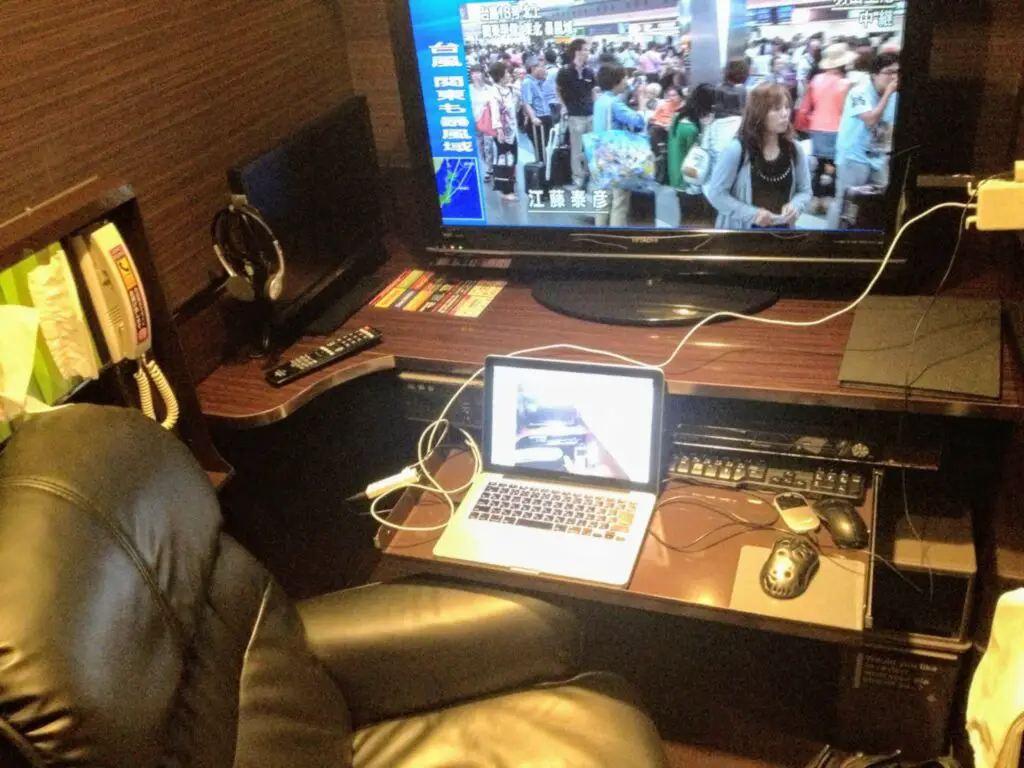
The Term ‘Net Cafe Refugee’
The term “Net Cafe Refugee” (ネットカフェ難民, or Netto Kafe Nanmin) refers to individuals who live semi-permanently in internet or manga cafes. It first gained public attention in the mid-2000s but has continued to be a pressing social issue. These “refugees” are not your stereotypical homeless individuals living in public spaces. Many are employed but work jobs with irregular hours or low pay, making it unfeasible to secure stable housing.
Socially, the term highlights the gap between Japan’s image of prosperity and the stark realities faced by precarious workers. Culturally, it has sparked discussions about Japan’s housing system and the struggles of its gig economy workforce. For many, becoming a net cafe refugee isn’t just about convenience—it’s about survival in an unforgiving job market.
The phenomenon has also drawn international attention, with reports and documentaries shedding light on their lives. If you’re curious to dive deeper into the complexities, take a moment to check out this insightful piece on “Net Cafe Refugees” from Wikipedia.
Net cafe refugees symbolize a much larger issue: the difficulty of achieving stability in a system built around temporary employment and high living costs.
Social Challenges Faced by Manga Cafe Residents
Living in manga cafes isn’t just about finding an affordable and convenient space to sleep. For many, it’s a symptom of deeper societal issues, including mental health struggles and social stigmas. Let’s take a closer look at the challenges residents face.
Mental Health Struggles
The Japanese workforce is infamous for its unrelenting demands, often leading to karoshi, or “death from overwork.” Many manga cafe residents are workers who bear the brunt of such pressures, leaving them physically exhausted and emotionally drained.
For those experiencing homelessness or unstable living, the stress amplifies. Picture this: juggling temporary jobs, constantly moving from place to place, and dealing with uncertain finances. It’s no wonder mental health issues are prevalent in this group. Depression, anxiety, and feelings of hopelessness are common, but access to help remains limited. For instance, a 2022 report highlighted that mental health care in Japan is often inaccessible because of heavy stigma and scarce resources. Learn more about the mental health accessibility issue in Japan here.
This constant stress creates a cycle. Overworked individuals lacking support turn to manga cafes for temporary relief. However, these spaces only meet immediate needs, leaving mental health challenges unaddressed. The lack of stability makes it tough to break free from this loop, trapping many into a precarious lifestyle.

Photo by Helena Lopes
Public Perception and Stigma
In Japan, societal labels weigh heavily, and homelessness—even when it looks like a private booth in a manga cafe—carries a significant stigma. Many Japanese perceive housing instability as a personal failure rather than a systemic issue. This public judgment pushes residents into the shadows, making them hesitant to seek help or admit their situation.
Terms like “Net Cafe Refugee” (Netto Kafe Nanmin) reflect these biases. They imply a transient, almost nomadic existence, which further alienates residents. Media portrayals often don’t help, painting them as the “invisible homeless” instead of shedding light on larger systemic issues. This article on “Net Cafe Refugees” explains the cultural perception in depth.
The stigma doesn’t just stay societal—it trickles into personal interactions. Imagine trying to make friends or build professional connections when admitting your living situation could lead to judgment. These barriers worsen isolation, feeding into the cycle of poor mental health and stagnation.
For many workers, manga cafes provide a way to “hide in plain sight.” They offer a semblance of normalcy against the harsh lens of societal expectations. However, the shame attached restricts any serious public acknowledgment or organized effort to help. Until these societal attitudes shift, manga cafe residents will continue to face isolation and invisibility.
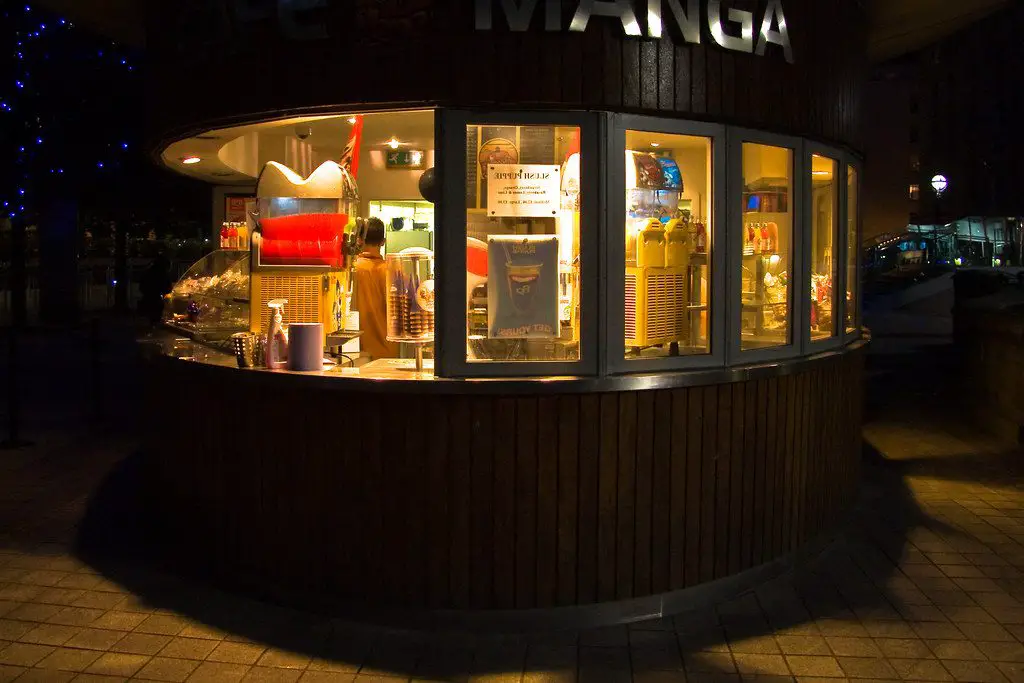
Efforts to Address the Issue
Efforts to tackle the challenges faced by Japanese workers living in manga cafes are coming from multiple avenues. While the government is working on affordable housing policies, local communities and NGOs are stepping in with targeted support.
Government Policies and Support
The Japanese government has recognized the need to address the housing crisis impacting low-income workers. Over the years, several measures have been introduced to provide more affordable housing and improve job security.
- Public Housing Initiatives: The government provides low-cost housing through subsidies to local authorities. Under the Publicly-Operated Housing Act, local governments can supply low-rent housing to citizens who meet specific income requirements. This is part of an effort to narrow the affordability gap for underprivileged individuals. Learn more about public housing policies in Japan here.
- Legal Protections for Employees: New regulations aim to reduce the burden of precarious employment by encouraging companies to offer full-time positions and stable contracts wherever possible.
- Boosting Homeownership: Policies such as lowering mortgage interest rates and extending loan repayment terms have made homeownership more achievable for middle-class families. These initiatives, however, often fail to address the urgent needs of gig workers stuck in unstable employment. This article explores housing policies in Japan.
While these policies show promise, the pace of implementation hasn’t been fast enough to meet the rising demand. Large populations in major cities like Tokyo remain priced out of decent housing, making safe alternatives like manga cafes a fallback for struggling workers.
Community and NGO Involvement
Local communities and non-profit organizations are vital in supporting individuals who lack stable living conditions. These groups often step in where government action lags, providing lifesaving services and resources.
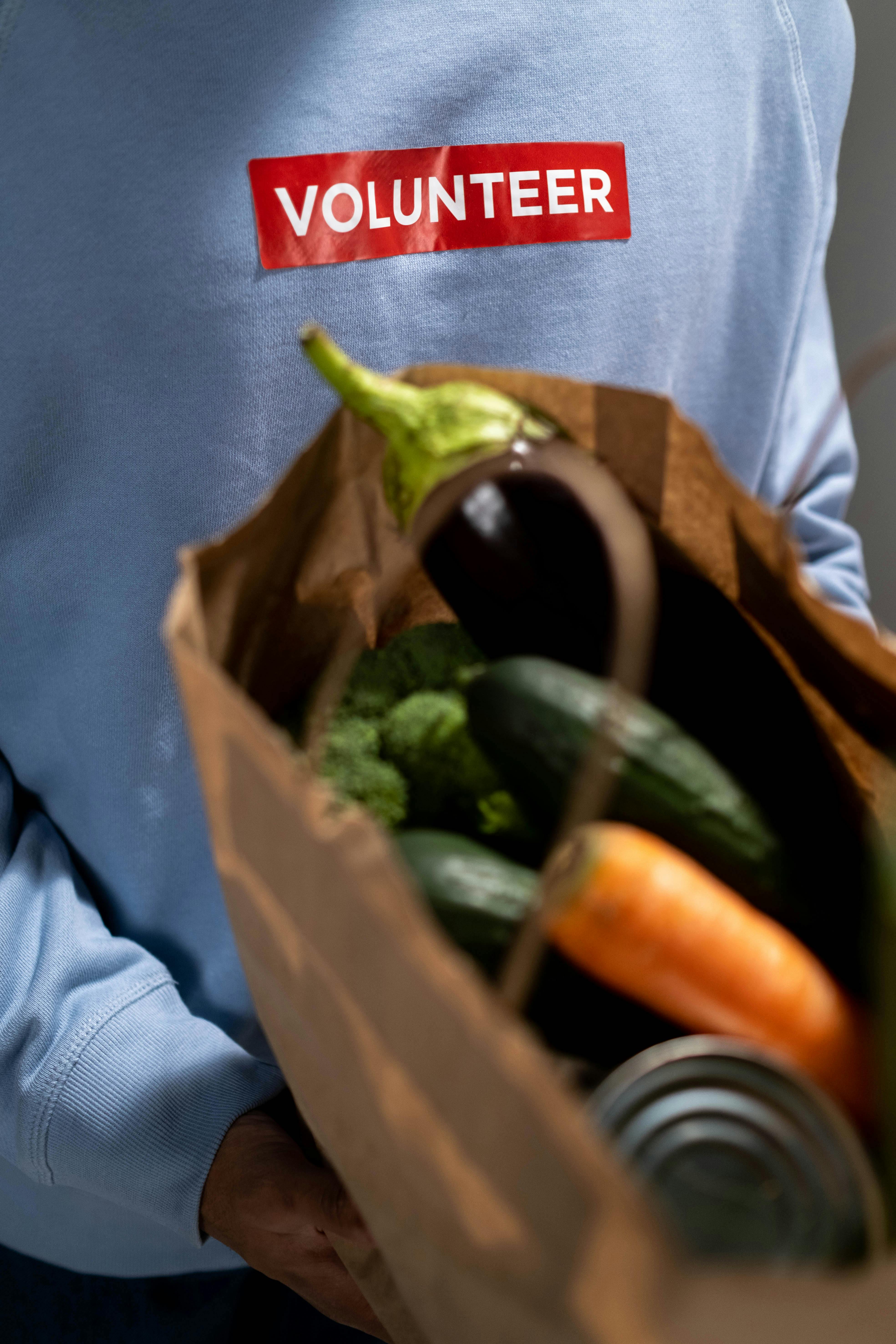
Photo by cottonbro studio
- Moyai Support Centre for Independent Living: Based in Tokyo, Moyai helps the homeless regain autonomy. They provide housing guidance and support programs tailored to their needs. You can explore more about their work here.
- Homedoor: This non-profit focuses on creating pathways out of homelessness through job placement services and financial literacy training. Their vision is to enable individuals to exit the cycle of poverty. Learn more about Homedoor’s initiatives.
- Food Distribution Projects: Organizations like Gohan Plus and others provide free meals, consultations, and essential guidance to at-risk populations in Tokyo. These services directly target those unable to afford stable housing. Find more about these food programs here.
NGOs and community-driven efforts are indispensable in addressing immediate needs while pushing for long-term structural changes. Their agility and focus on human-centered solutions often make them more effective in reaching workers living in manga cafes compared to large-scale government programs.
These combined efforts—though meaningful—still face significant limitations. High housing costs, coupled with job insecurities, continue to push individuals into these unorthodox living situations. The growing breadth of support from both public and private entities, however, does provide a glimmer of hope for change.
Conclusion
Some Japanese workers’ decision to live in manga cafes sheds light on deep-rooted economic and social challenges. It’s not just about affordability—it’s about survival in a society where high housing costs and precarious jobs leave few alternatives. These cafes provide immediate relief but highlight broader systemic issues that need addressing.
Japan’s growing reliance on temporary employment and the high cost of living create an unsustainable cycle for many workers. Comprehensive changes—like affordable housing initiatives and labour reforms—are essential to provide stability and dignity to those struggling.
What do you think Japan can do to tackle this housing crisis? Share your thoughts below and keep the conversation going.

